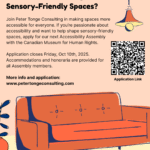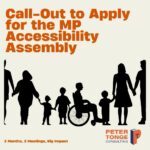How can you leverage technology to enhance inclusivity and diverse learning styles? Here are a few tech-focused strategies:
- Screen reader compatibility: Ensure that the online platform and course materials are compatible with screen readers. Test the platform’s compatibility and guide on configuring settings for optimal accessibility.
- Use accessible formats: Offer course materials in multiple formats, such as HTML, PDF, and plain text. This allows individuals to choose the format that best suits their needs.
- Alt text for images: Include descriptive alt text for images to ensure that everyone can understand the content. Alt text provides a textual description of visual elements, making the information accessible through screen readers.
- Captioning for videos: Caption all videos to assist individuals who are deaf or hard of hearing. This not only improves accessibility but also enhances the learning experience for all students by offering a multi-modal approach.
- Accessible learning management system(LMS): Choose or customize an LMS that prioritizes accessibility features. This includes compatibility with keyboard navigation, high contrast settings, and compatibility with assistive technologies.
- Collaboration tools: Implement collaboration tools that support real-time communication, creating interaction among students and instructors. Choose platforms that are accessible and offer features like closed captioning and screen sharing.
- Make it hybrid: Offer a virtual option if you are offering an in-person option.
By adopting these strategies, educators and course designers can create a more inclusive learning experience, ensuring that people with disabilities and people who are deaf have equal access to educational opportunities. Embracing accessibility enriches the learning environment for everyone!
Photo: Rosey Goodman




